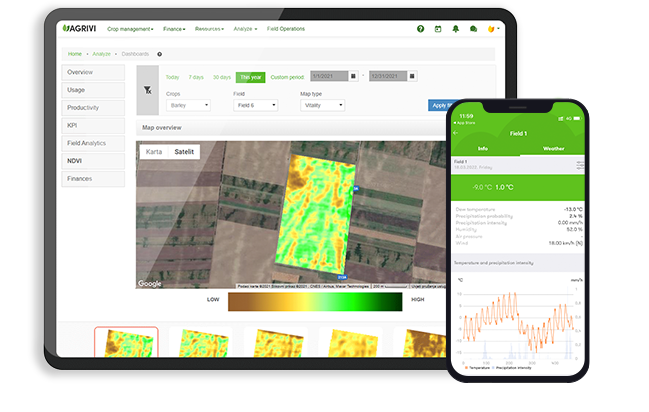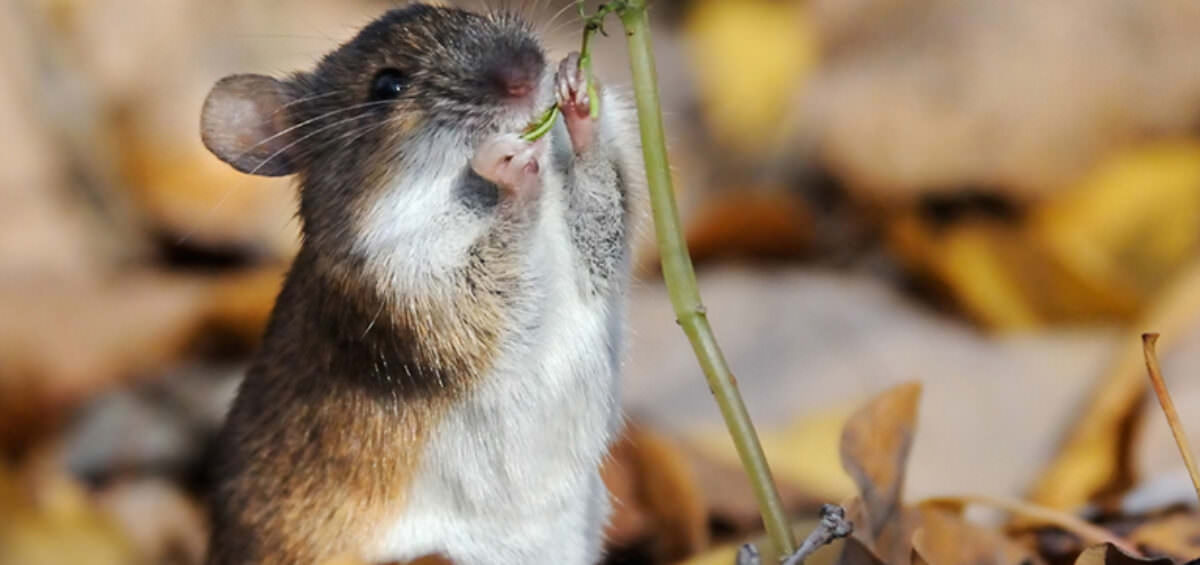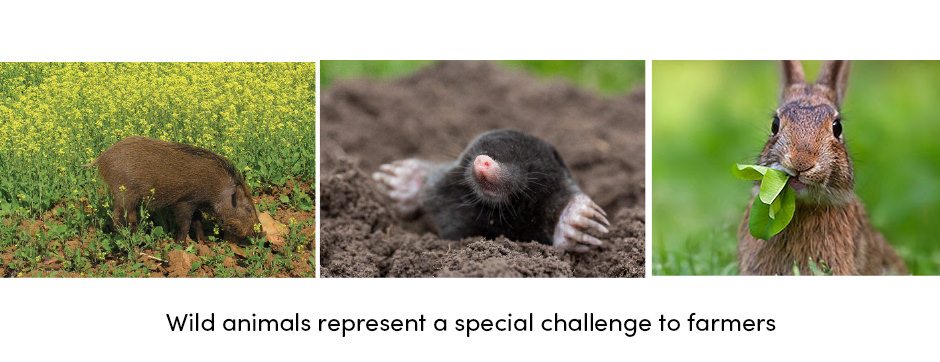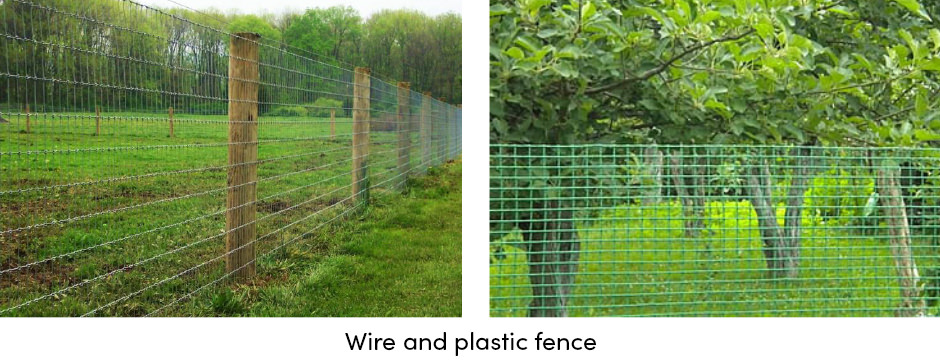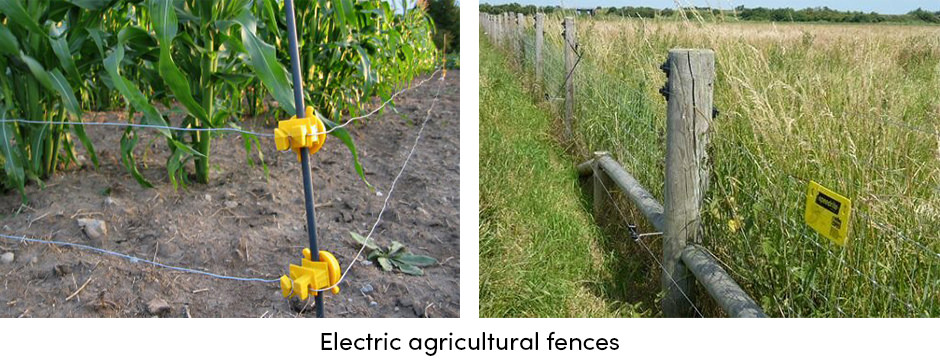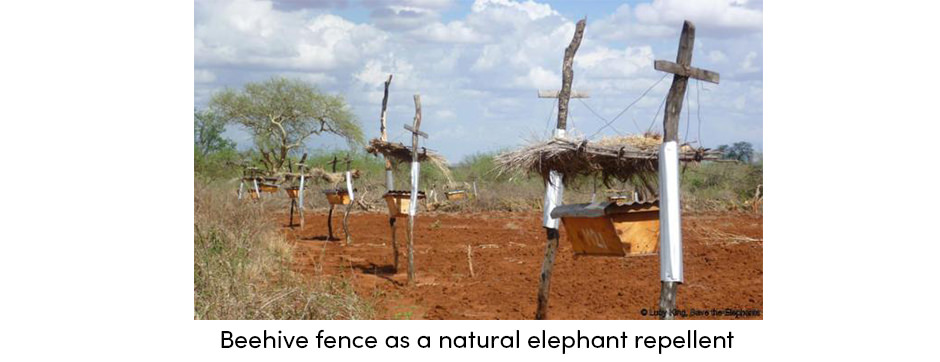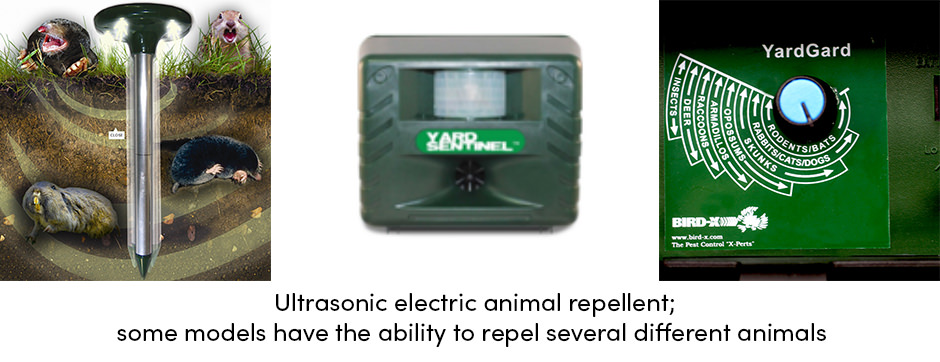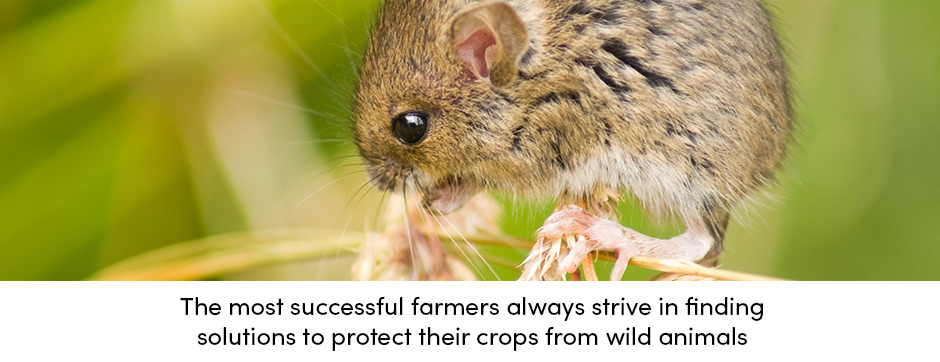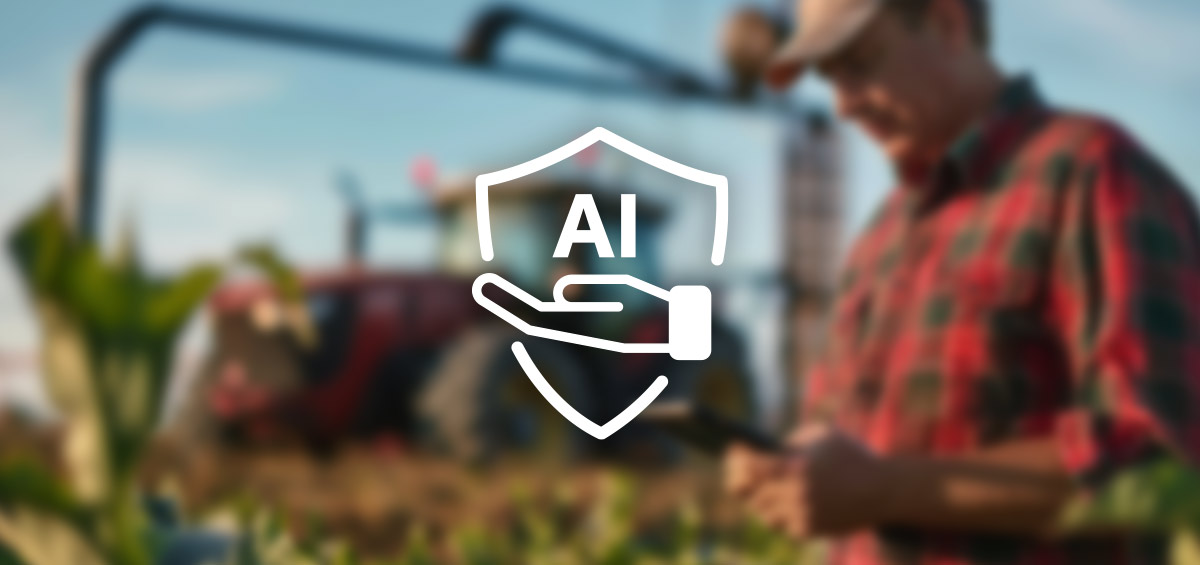Before the beginning of every farm season, most farmers prefer to plan potential yields. On the other hand, some farmers chose to skip planning. Whether a farmer plans the potential yield or not, certain expectations are still present. While hoping for the best, farmers are often presented with various challenges and obstacles that require them to constantly question their productivity and resulting final success.
The greatest importance is usually given to crop protection from diseases, insect pests, and weeds, as well as to protection from unfavorable weather events such as frost or hail, along with other crop maintenance practices. The aforementioned challenges are well-known and often discussed. However, farmers also face another interesting challenge, often forgotten about or not realized; wild animal crop protection.
Table of Contents
Strategies To Control Wildlife On Your Farm
Wild animal attacks are a special challenge for farmers throughout the world. Animals such as deer, wild pigs, rabbits, moles, elephants, monkeys, and many others may cause serious damage to crops. They can damage the plants by feeding on plant parts or simply by running over the field and trampling over the crop fields.
Therefore, wild animals may easily cause significant yield losses and provoke additional financial problems. Another aspect to consider is that wild animal crop protection requires a particularly cautious approach. In other words, while utilizing his crop production, every farmer should be aware and take into consideration the fact that animals are living beings and need to be protected from any potential suffering.
Top Five Strategies to Protect Crops from Wild Animal
Successful farmers always seek to determine the satisfactory level of wild animal crop protection using one of the following five technologies:
Agricultural fences
Fencing is a popular wild animal deterrent that can last for many years. Agricultural fences are quite an effective wild animal protection technology. However, utilizing fences as a practice is often regulated. Some local and state entities may restrict or prevent the use of certain types of fences. Therefore, before deciding on a suitable fence, it’s important to check local laws and regulations.
The quality of fencing depends on the material and structure. Depending on how it is made and what it is made of, some permanent fences can last up to 30 years. Farmers usually use one of the following types of fences:
- Wire fences; are constructed of metal wires woven together forming a physical barrier. The fences are effective, long-lasting, and require relatively little maintenance. However, they are expensive and recommended only for the protection of high-value crops.
- Plastic fences; polypropylene fences are generally less expensive and easier to install and repair than other types. Additionally, these fences are widely acceptable and meet various regulations. Their disadvantage includes their short lifespan (up to 10 years) and questionable effectiveness in areas with a higher possibility of wild animal crop damage.
- Electric fences; are constructed to inflict an electric shock to animals that come in contact with the fence, thus preventing animals from crossing the fence. These fences are long-lasting and an effective crop protection measure. Costs vary depending on the specific type and size of an area. Before purchasing electric fences, it’s very important to make sure they are allowed for use in a specific area, and for protection against endangered animal species. Additionally, it’s recommended that electric fences are marked with a warning sign to prevent any possible human contact.
Natural repellents
Some farmers prefer using natural resources instead of mechanical or chemical protective practices. There are various ways to minimize crop loss from wild animals, including:
- Smoke; in some areas, farmers burn elephant dung or other materials that smolder and create heavy smoke
- Fish or garlic natural emulsion; repels rabbits and deer
- Beehive fencing; for instance, elephants are repelled by the sound of honey bees; this practice is beneficial as it serves as an extra source of income
- Chili peppers; the chemical Capsaicin makes chili peppers hot; an excellent repellent against elephants, monkeys, squirrels, and some other wild animals; farmers who plant chili peppers will also benefit from an extra source of income
- Lavender, soybean, peas, and beans are excellent repellents against rabbits and are also an additional source of income
- Egg-based repellent; homemade repellent against deer
- Castor oil; is a natural repellent that keeps away burrowing animals such as moles
- Chemical repellents which include active substances such as Anthraquinone, Butanethiol, and Methyl Anthranilate can be used to keep wild animals away from crops.
Biophysical barriers
Similar to traditional fences, but made of natural easily renewable materials bamboo sticks, coconut tree bunches, or some other available shrubs; low-cost practice but also low efficiency in protecting crops against wild animals.
Electronic repellents
Also an effective, long-lasting, and eco-friendly method for crop protection that repels animals without harming them. Farmers use one of the following two types of electronic repellents:
- Ultrasonic electronic repellent; silent to humans, high-frequency sound waves repel wild animals
- Sonic electronic repellent; audible loud noise that scares animals
Quality Wild Animal Crop Protection Secures the Yield
Aside from the aforementioned strategies, some farmers rely on scarecrows, firecrackers, bright lights, fire, beating drums, and dogs. Along with practicing certain crop protection measures, the most successful farmers will monitor their fields as often as possible. After all, constant monitoring is the best way to make sure that everything on the field goes as planned.
In an attempt to ensure maximum crop protection, some farmers will combine a few crop protection strategies. Furthermore, modern farm technology researchers are working on new technological solutions. These solutions involve the use of cameras, computers, and even robots to protect plants from wild animals. While waiting for advanced technology to become available, farmers can do their best and practice some of the above-mentioned strategies to protect their crops.
Use AGRIVI To Increase Crop Protection With Intelligent Pest Alarms
Pest and disease occurrence is one of the main causes of lower than expected yield. Modern Farm Management Systems like AGRIVI use pattern recognition algorithms to match weather forecasts with optimal conditions for pest and disease occurrence. If they match, the system will send an alarm warning you about the possibility of infection. AGRIVI’s intelligent pest alarms help you react on time and perform protective measures to save your crops. How do these alarms work? Read more about AGRIVI’s Intelligent Pest Alarms and contact us for a consultation.
Watch a video and learn more about range about AGRIVI Farm Management Software.
